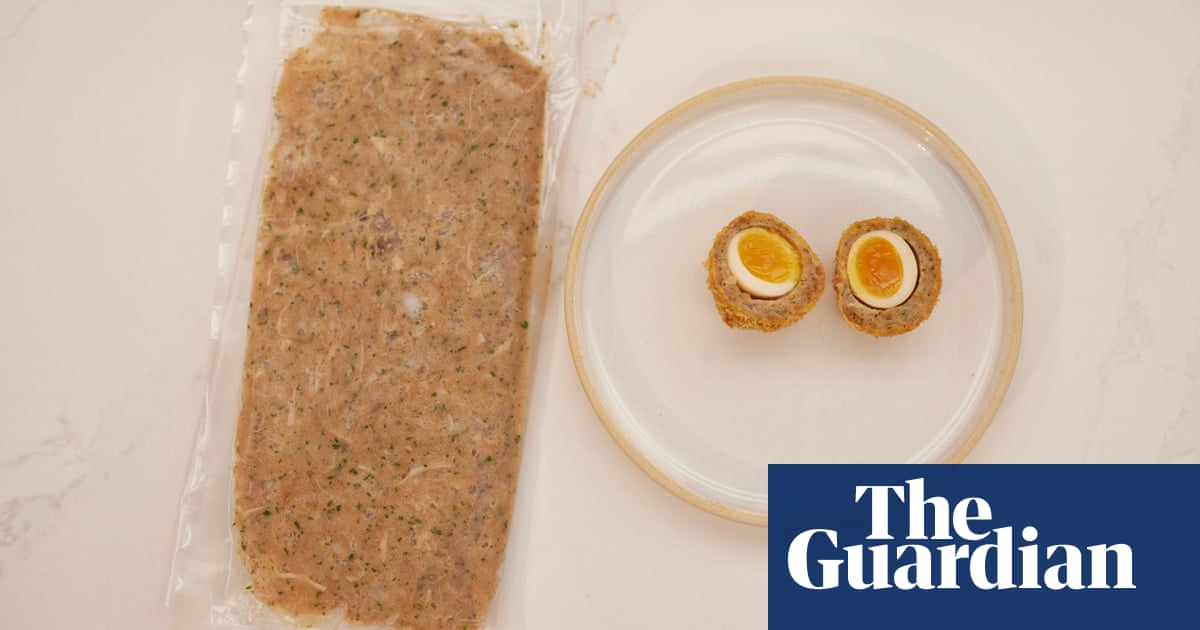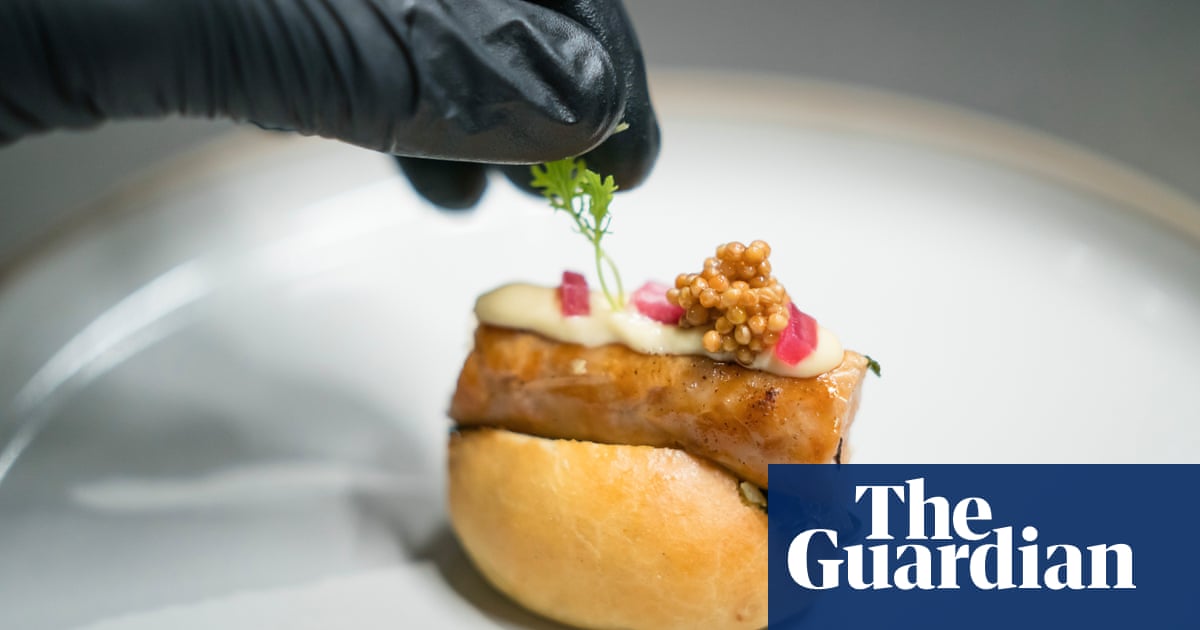
One does not usually have to sign a waiver warning of potential “adverse effects” before eating a snack from upmarket grocer Fortnum and Mason. However, that is what journalists were asked to do this week before trying a scotch egg made from lab-grown meat.
The Mayfair department store says it created the world’s first scotch eggs in 1738 for Londoners travelling to their country homes. Nearly 300 years later, it hopes to be the first place to sell a modern version made from meat grown from cultured animal cells.
Quails’ eggs were used to make the miniature snacks, and the meat surrounding them was grown from a cell taken from a sedated Aberdeen Angus cow.
Grown in a steel vat, the lab-grown meat comes out like a paste, then is shaped into mince. Its creators say tests have shown it has the same amino acid profile as normal mince, is lower in saturated fat and is high in iron.
Fortnum and Mason worked with Ivy Farms, an Oxfordshire-based lab-grown meat company which creates beef and pork mince. Although the product is not yet approved for sale in the UK, the company hopes it could be available by the beginning of next year. It said it has been in talks with the government to hasten the approval process after threatening to take its business to the US if cell-cultured meat was not approved for sale in the UK.
Rishi Sunak is understood to be keen on the idea of approving the meat, and Ivy Farms say they have been told by the government to expect Food Standards Authority approval by the end of the year. The FSA has said it is trying to find a way to bypass the long process of regulating a food product and bringing it to market, something some Tories have been pushing for as a “Brexit benefit”. Lab-grown meat is sold commercially in Singapore, and has been approved for sale in the US and Israel.
Another barrier is the price. Emma Lewis, chief product and commercial officer at Ivy Farms, said: “The price is coming down. In 2013, the first lab-grown burger cost £200,000. The egg you tried will have cost in the tens of pounds.” A hefty price tag for a miniature scotch egg, but Lewis said she is confident the cost will rapidly decline as demand increases.
Allistaire Lawrence, a Fortnum and Mason chef who worked on the egg, said the meat was “very similar to the sausage meat we work with usually”, but that the mince he usually uses to shape around the eggs is much fattier.
“I’d definitely work with this again,” he said. “It does have a good flavour profile. The meat we usually work with does have a slightly better one but I believe they are working on that, and can grow the muscle and the fat, so future bespoke products could be created that would suit our scotch eggs.”
The FSA’s deputy director of food policy, Natasha Smith, said: “The FSA is committed to supporting business innovation in new markets like that of cell-cultivated products, whilst making sure food is safe and is what it says it is. Ensuring the safety of any new and innovative food product, including cell-cultivated products, is paramount, and we must balance fast paced technological advances and industry demands for rapid approval processes with protecting public health.”
Taste test
Looks: The meat surrounding the egg looks reassuringly juicy, flecked with herbs. The surrounding crumb is perfectly golden, and the golden yolk is runny. 10/10
Texture: Perhaps not as robust as the bouncy meat of a sausage, it had the texture of cheaper mince. 7/10
The cost: Way too pricey, even for Fortnum and Mason. Though the creators remained cagey about the exact price, the tiny quail’s egg currently costs “in the tens of pounds” to produce. 2/10
The ick factor: The waiver’s talk of “serums”, “adverse effects” and “bioengineering” may give some the ick, but this disappeared when presented with the perfect, golden little egg. Also, is it as gross as what happens on some factory farms? That is up for debate. 5/10












